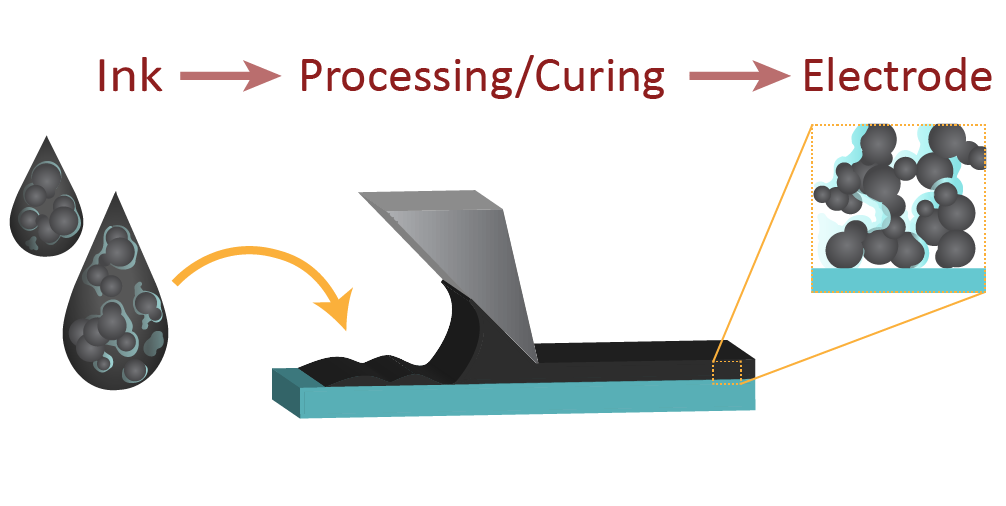Characterization
Areas of Focus
We characterize components of electrochemical systems with ex- and in-situ techniques. The lab’s particular interest is in design and characterization of membranes, catalyst layers and diffusion media—material properties and parameters such as: water uptake, thermal conductivity, ion conductivity, gas permeability, effective diffusivity and three-dimensional morphology are measured with in-house built technologies.
- Capillary pressure-saturation curves for fuel-cell diffusion media and catalyst layers
- Effective gas-phase diffusivities of diffusion media as a function of saturation
- Droplet adhesion force measurements of fuel-cell gas-diffusion layers
- Thermal conductivity measurements
- Analysis of ionomer dispersions and catalyst inks
- Thermal-mechanical properties of membrane in controlled environment
- Water sorption in fuel-cell membranes and catalyst layer ionomers
- Water, ion, and gas transport in membranes
- Conductive atomic force microscopy during humidification
- Traditional analytical techniques including electron microscopy, X-ray Fluorescence (XRF), and elemental analysis
See a list of our publications related to material characterization and utilize user facilities.
Characterization of Porous Media, GDLs and Electrodes
In many electrochemical technologies, porous electrodes are critical to increase reaction surface area and reliably distribute the reactants and remove the products. These layers are often chemically and structurally heterogeneous. We are working to understand their function and properties through advanced characterization. This work spans the use of synchrotron-based x-ray computed tomography to visualize the structure in ex- and in-situ and operando conditions, advanced transport-property measurements including surface interactions, delineation and enhancement of active components throughout the structures and their limiting behavior, mechanical properties, and mathematical modeling of the various multiphysics occurring across length scales. Using this knowledge, we aim to optimize these porous structures for various applications including flow batteries, electrolyzers, and fuel cells.

Characterization of Inks and Dispersions
Catalyst layers are made from inks that are colloidal dispersions of solvent, catalyst particles, and ionomer. The inks are then cast and dried to create the final electrode structure. We are working to understand the fundamental interactions between each of these components that governs ink properties, such as aggregation, stability, viscosity, etc. These solution-phase properties are then linked to catalyst layer characteristics, to study how ink behavior manifests and controls the resulting catalyst layer, allowing for understanding, prediction, and enhanced control over resulting morphology, mechanical, and electrochemical properties.
Characterization of Ionomers and Membranes
We employ a wide spectrum of characterization techniques to investigate the structure/function relationship of ionomers in thin film and bulk membrane form. We study both cation- and anion-exchange membranes of various ionomer chemistries. Our labs house various equipment for characterization of ionomer properties in controlled environment. We also examine the ionomer morphology from micrometer to nanometer lengthscales, in-situ and operando, using advanced synchotron techniques with hard and soft x-rays (at the Advanced Light Source), and employ related advanced characterization techniques in our lab to enable correlations between an ionomer's structure and its transport and mechanical properties. We have strong collaborations with researchers in user facilities such as Advanced Light Source, Molecular Foundry and National Center for Electron Microscopy (NCEM).
Links
- All Material Characterization publications: energyconversiongroup.lbl.gov/research-areas/ecg-characterization
- All Utilize User Facilities publications: energyconversiongroup.lbl.gov/research-areas/ecg-user-facilities
- Advanced Light Source website: als.lbl.gov
- Molecular Foundry website: foundry.lbl.gov
- National Center for Electron Microscopy website: foundry.lbl.gov/facilities/ncem/
